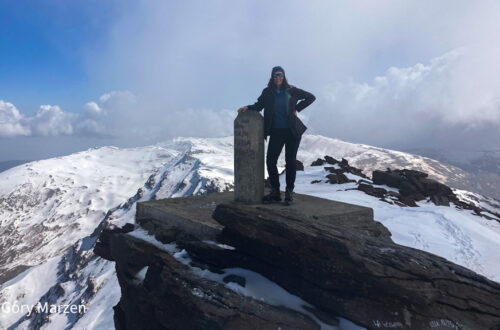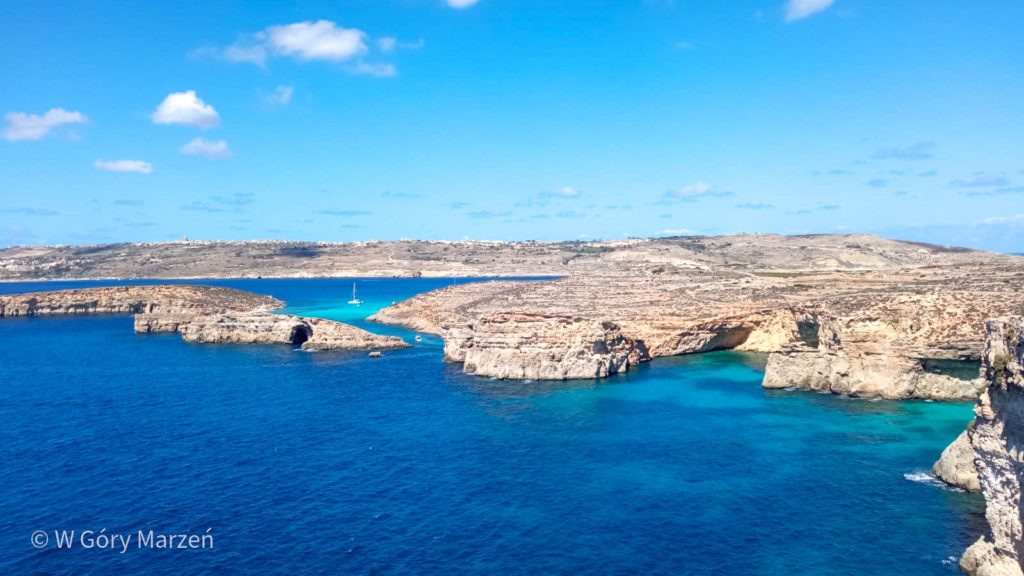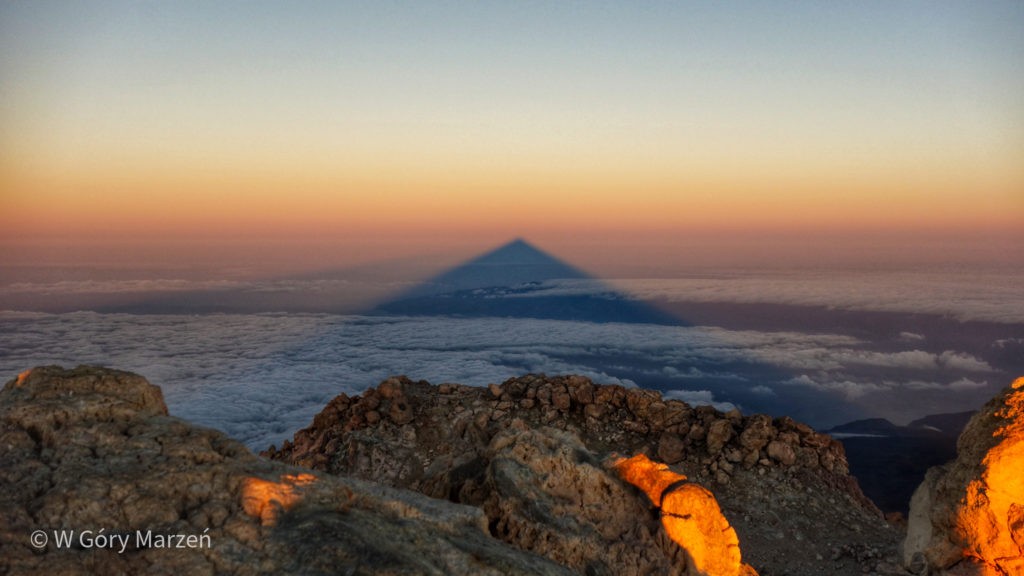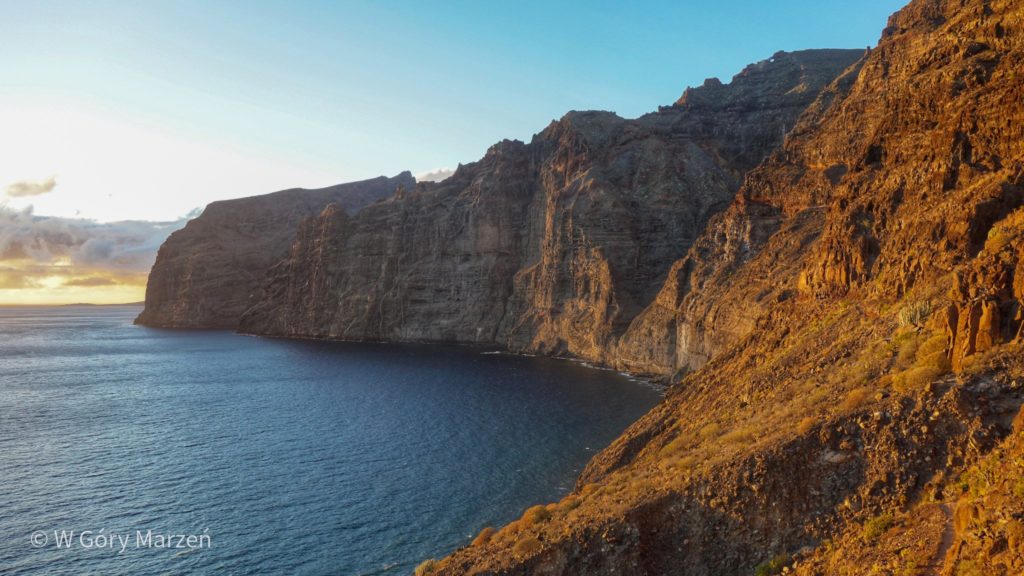
Tenerife – what to see, practical information
Tenerife is the largest island in the Canary Islands archipelago, located in the Atlantic Ocean. It is here that the highest peak in Spain – Teide – a volcano measuring 3718m above sea level is located. The island is inhabited by about 900,000 people, and before the pandemic up to 17 million tourists came here every year! The island is quite large, but it’s hard for me to imagine such a number of people on an Atlantic island. Tenerife attracts tourists with its stable weather – almost all year round it is 20-22 degrees, and diversity (about which below).
I went to Tenerife for the first time in November 2014, but the weather was not good then. It was a weekend during which a storm raged on the island. Therefore, apart from visiting my roommate’s family party from Barcelona (he was a Canarian) related to the first opening of this year’s wine bottles for Andrew’s feast, I could not see anything outside the city of Puerto de la Cruz.
Therefore, after a few months stay in Poland, a long and cold winter (and spring) quite spontaneously bought flights to Tenerife. It was encouraged by the ever-good weather, a large number of trekking trails, a volcano to climb and rumors about the very green north of the island. So I went to see for myself how it is with this island.
Teide – expedition to the highest peak of Spain
A trip to Mount Teide is a trip to another world. The top of the volcano towers over the island and we can see it from many different places. The Teide National Park abounds in trekking routes through the desert Martian landscape. If we have time, it is worth going not only to the very top of the volcano.
You can read about the details of climbing Mount Teide in this post. I described there my ascent to the sunrise at the top. An unusual shadow in the shape of a triangle appears there, which is cast on the volcano by the rising sun. Entering the volcano during the day requires booking a special permit. It is possible to get to the top by the Teleferico del Teide railway.
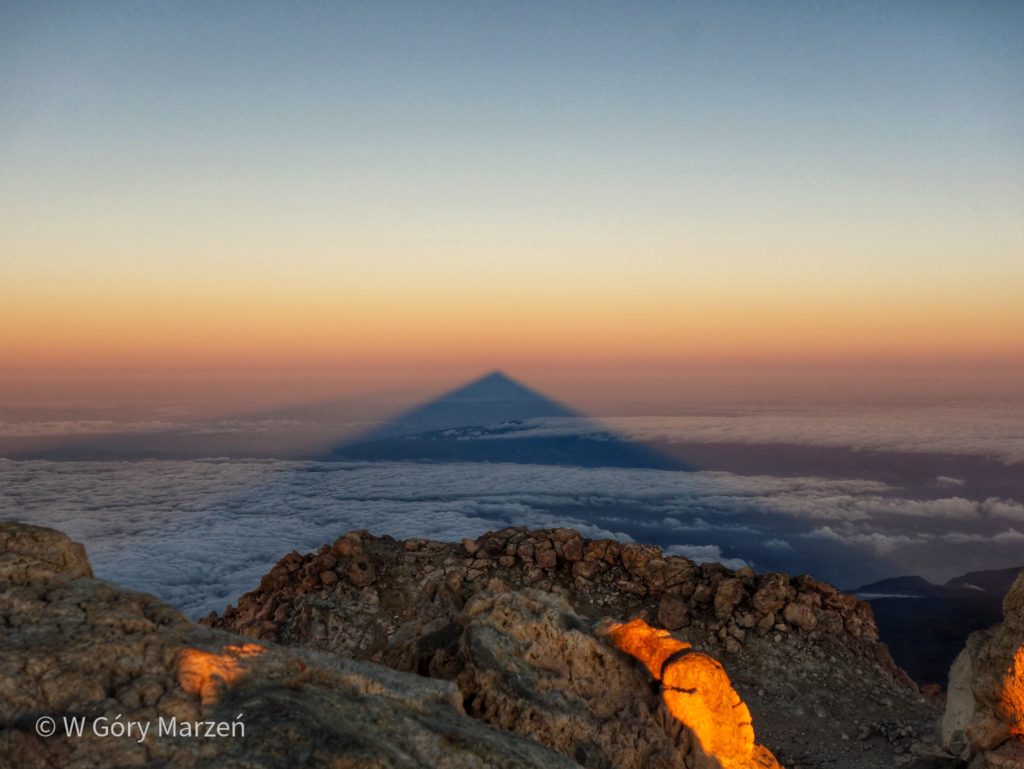
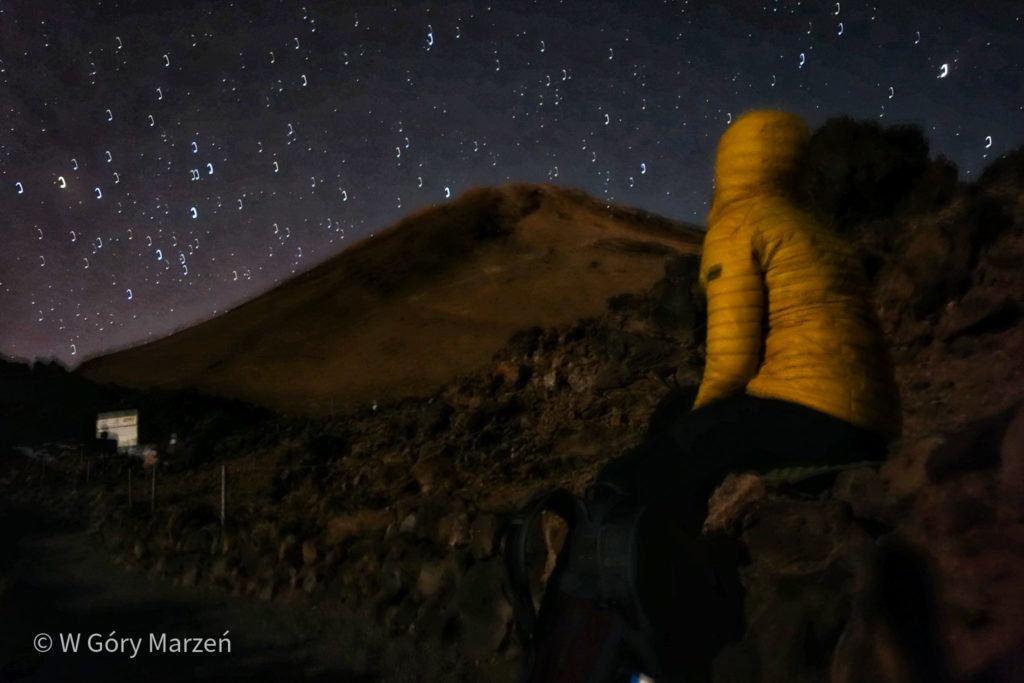
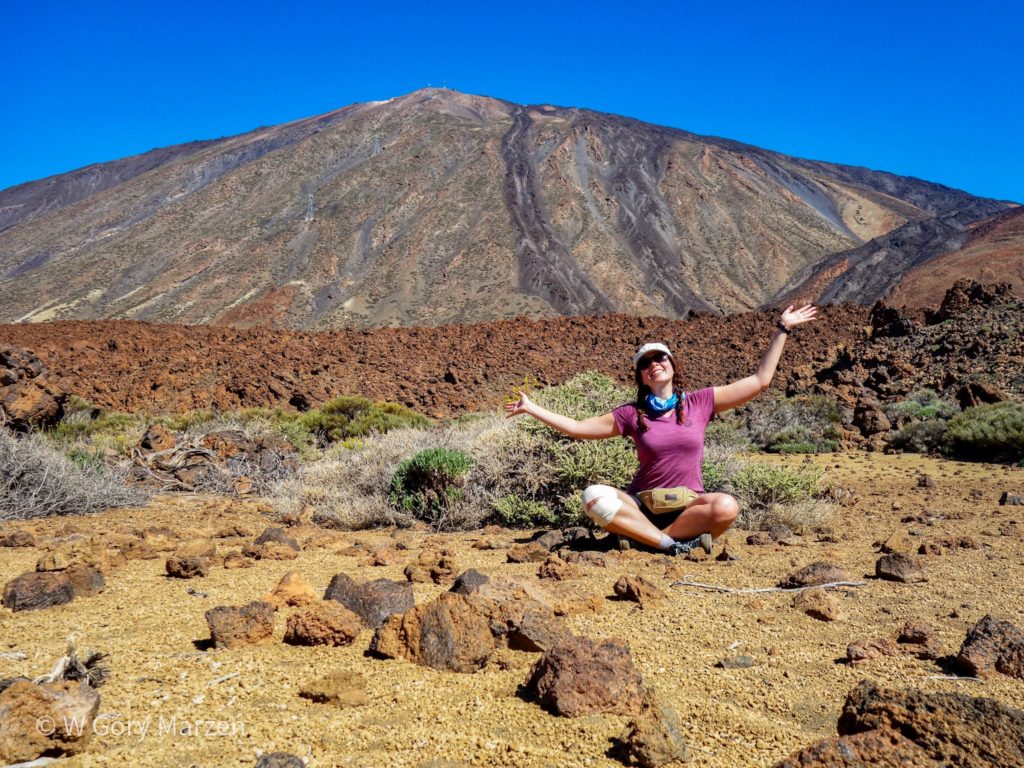
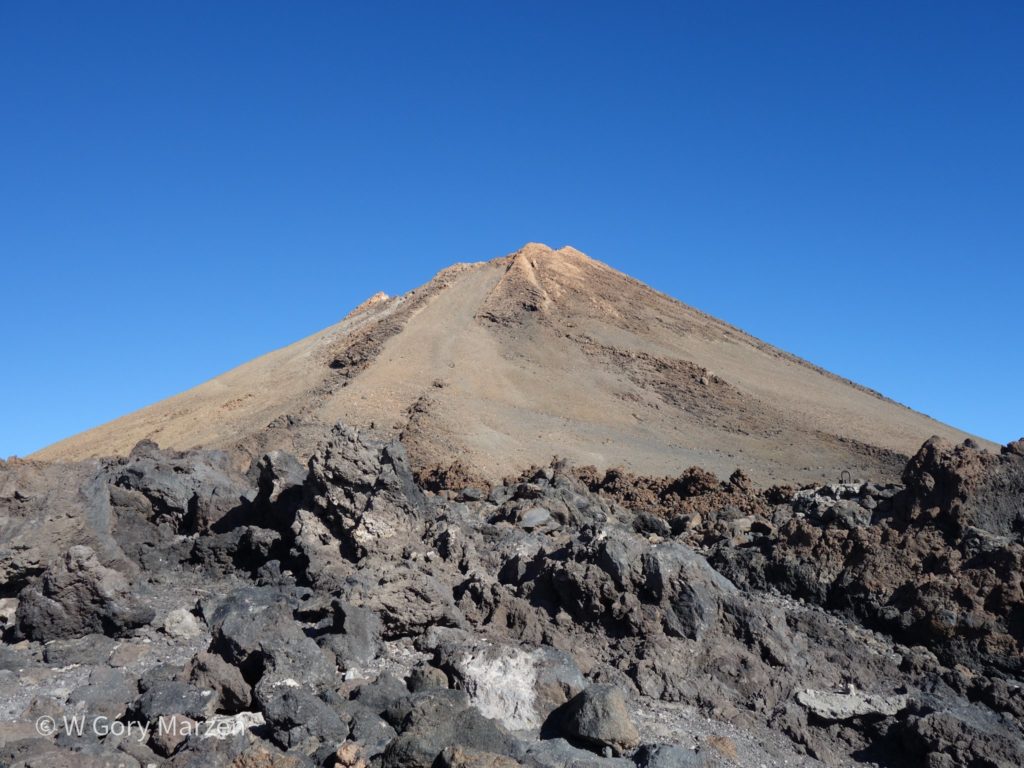
Park Anaga
Anaga Park is located in the northeasternmost part of the island. There are beautifully green mountains with unusual plants. It is this park that holds the European record for the highest number of endemic species per square kilometer!. In the Park we have many possibilities of trekking routes, from various places to which we can reach through the mountains from the main terminal in San Cristóbal de La Laguna. The mountains are incredibly green, because it rains quite often here. This is due to the heating of the ocean waters, which evaporate and accumulate in the northern part of the island. Thanks to such great humidity, nature has amazing opportunities for growth. More about Anaga Park in this post.
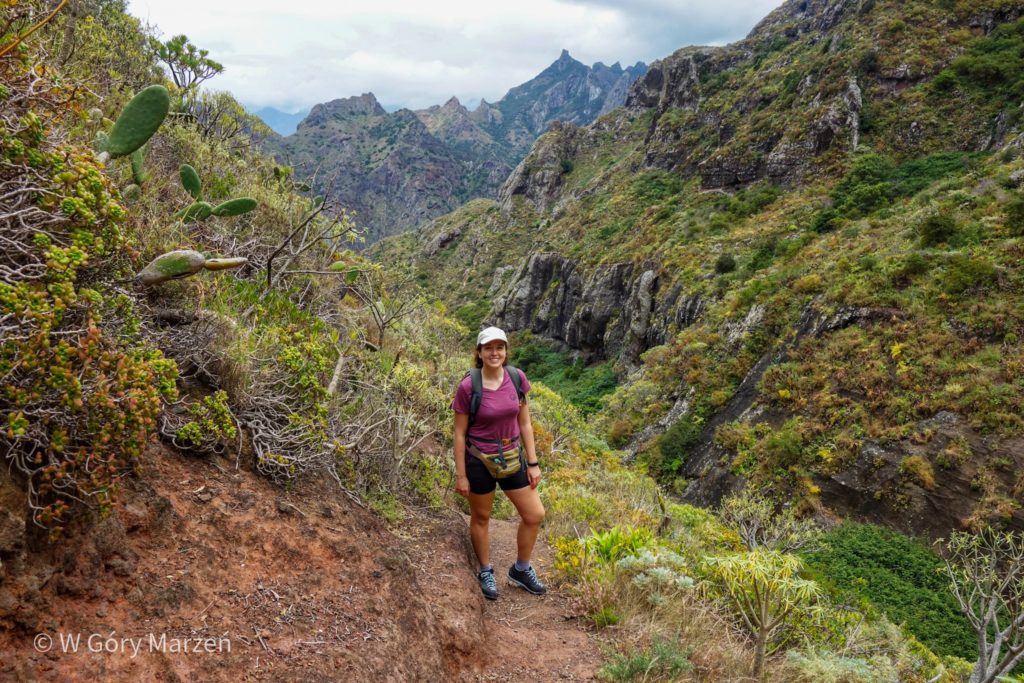
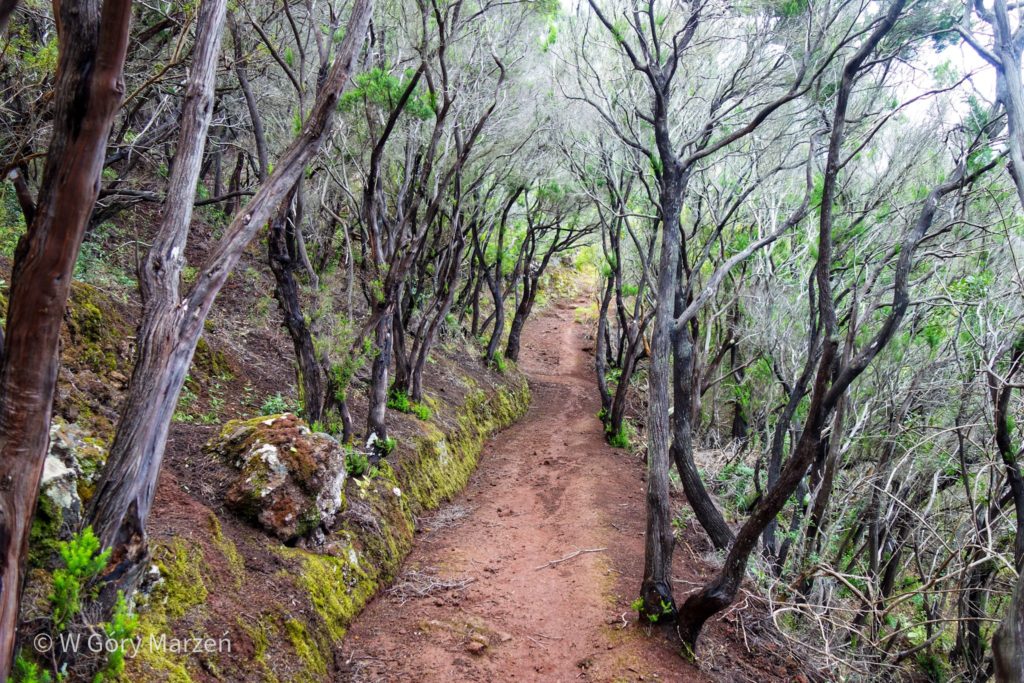
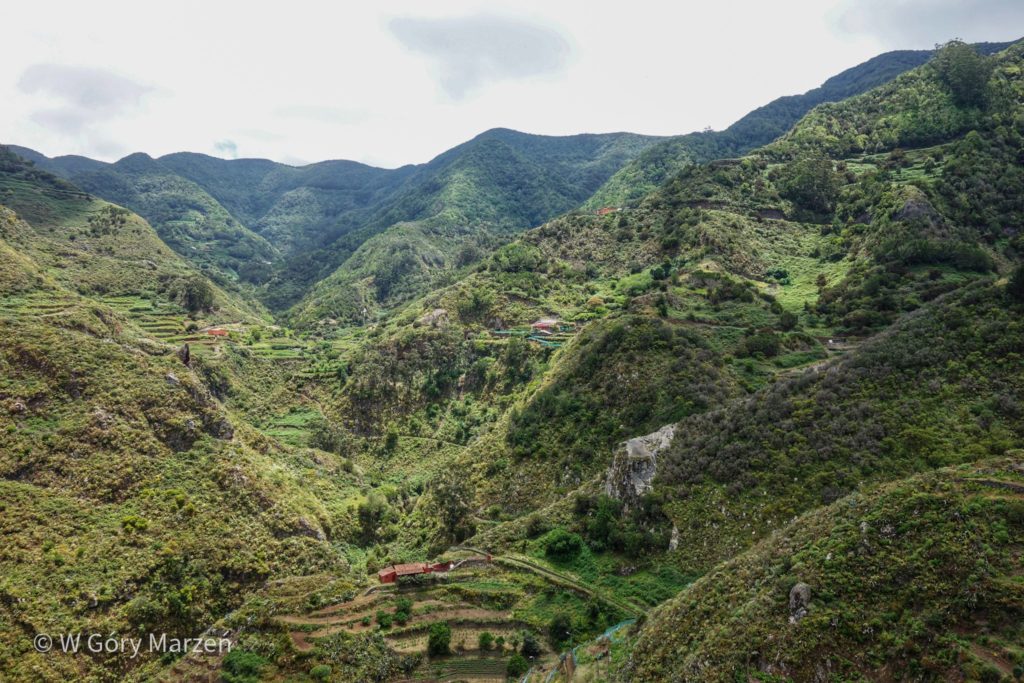
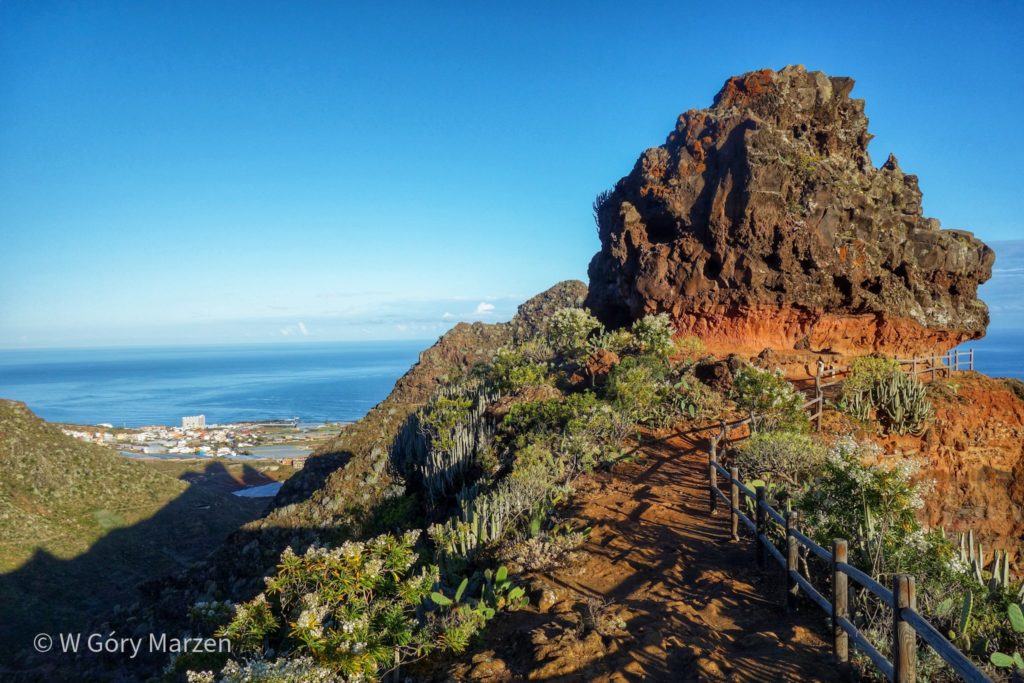
Punta de Hidalgo
Punta de Hidalgo is the last town located on the western part of the Anaga Park. From here, several trekking routes in the park begin, such as the road to Chinamada or Cruz del Carmen. The town is located by the ocean, where there is a great walking route and plenty of natural pools for swimming. The town is also dominated by the mountains of Anaga Park, including the Dos Hermanos,which is distinguished by its shape, i.e. the mountain of Two Brothers.
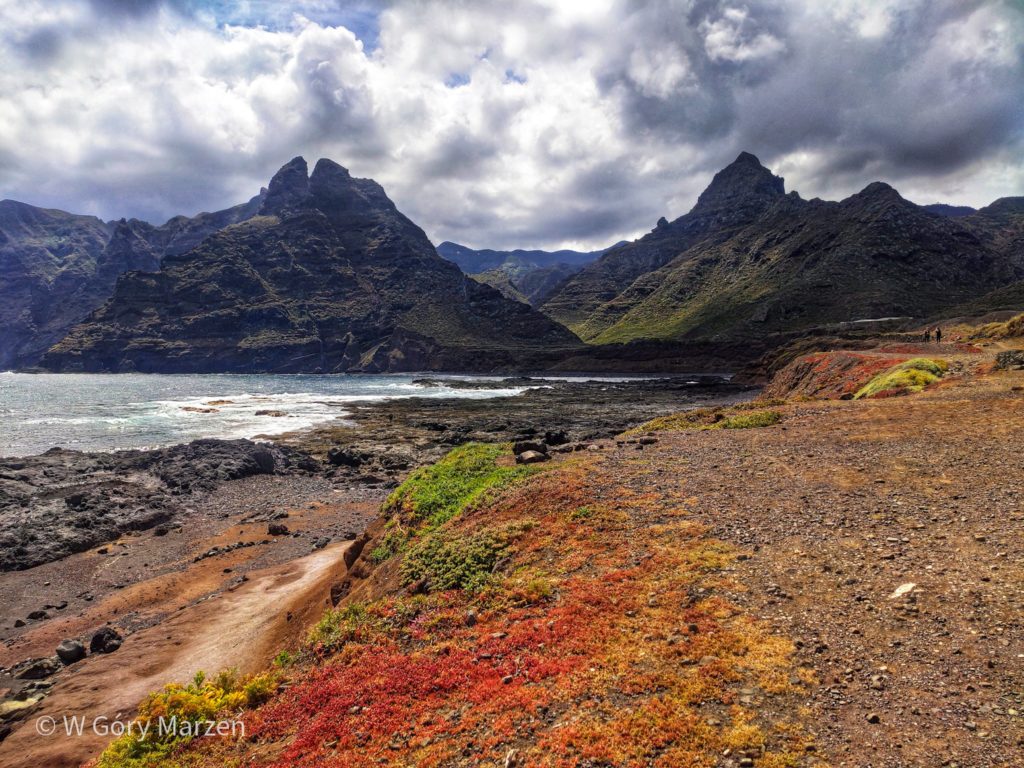
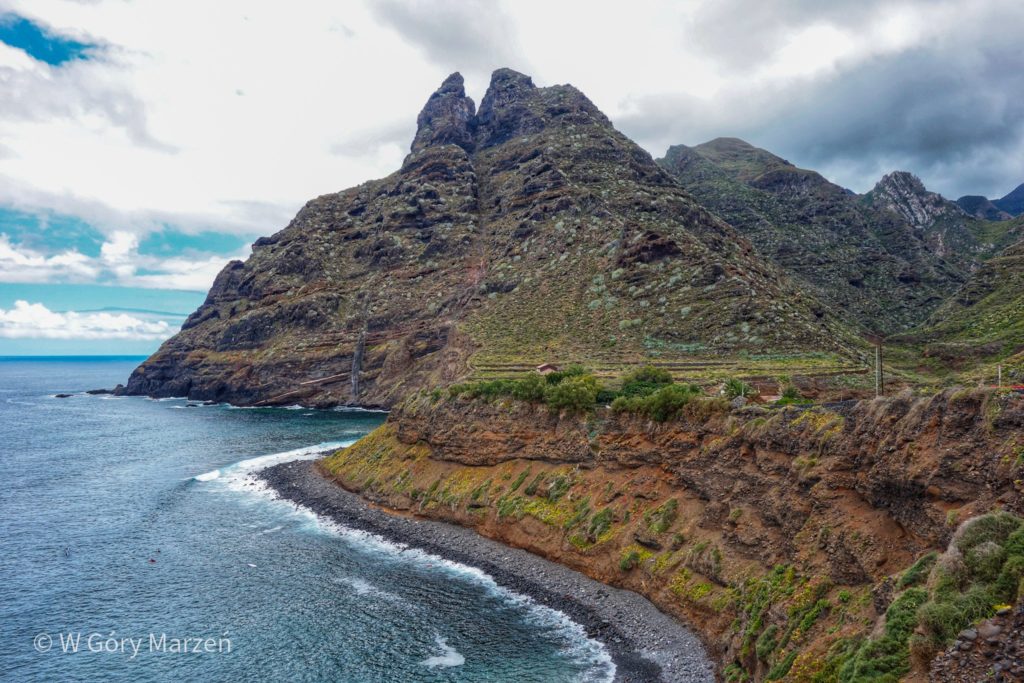
Masca – Trekking
Barranco de Masca, or Masca Gorge and the town of Masca is one of the most popular tourist destinations in Tenerife. The gorge was formerly a place used by pirates as a hiding place. In mask, amazing views, high walls, narrow passages and a beautiful beach at the end of the route await us.
Masca Gorge after more than 3 years of closure, was reopened to tourists in 2021. The gorge was closed due to a large number of accidents, mainly caused by the unpreparedness of tourists for the route. At this point, a pilot transition program has been launched. A description of trekking on the Masca Gorge along with practical information on how to book tickets can be found in this post.
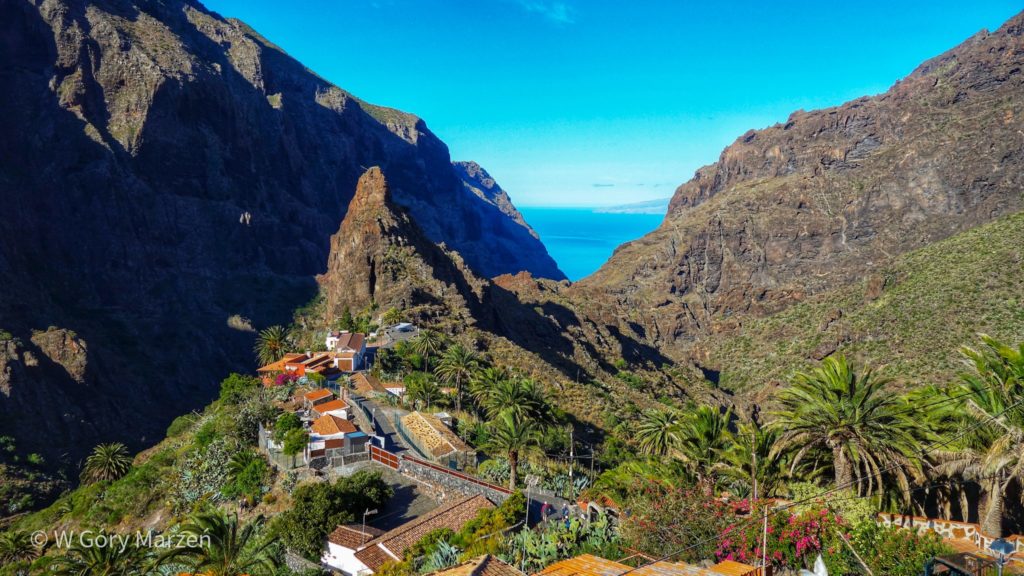
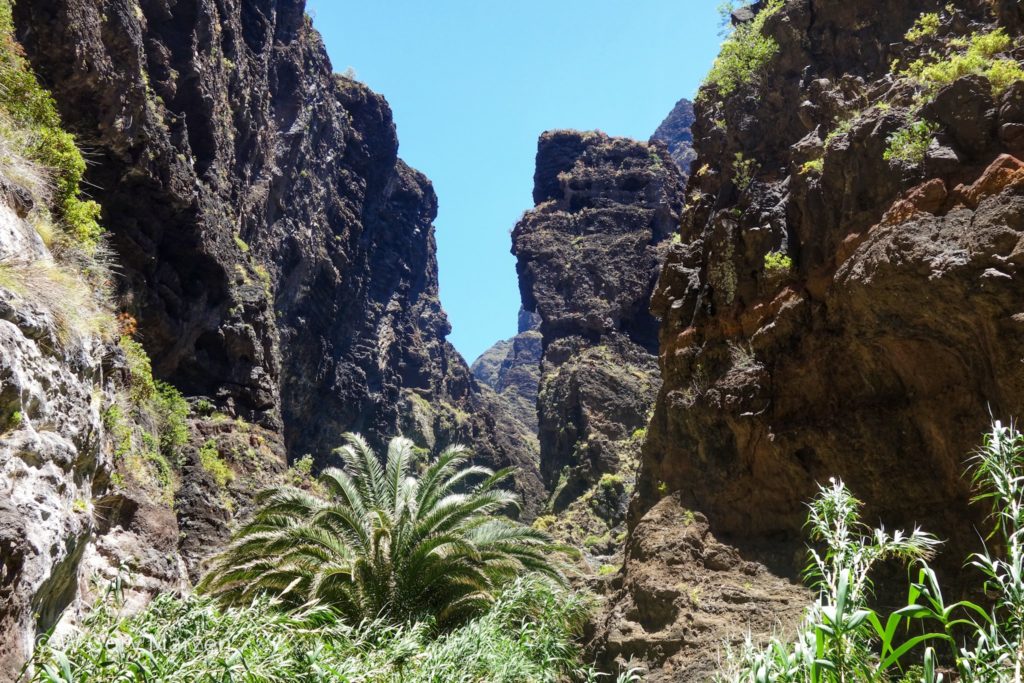
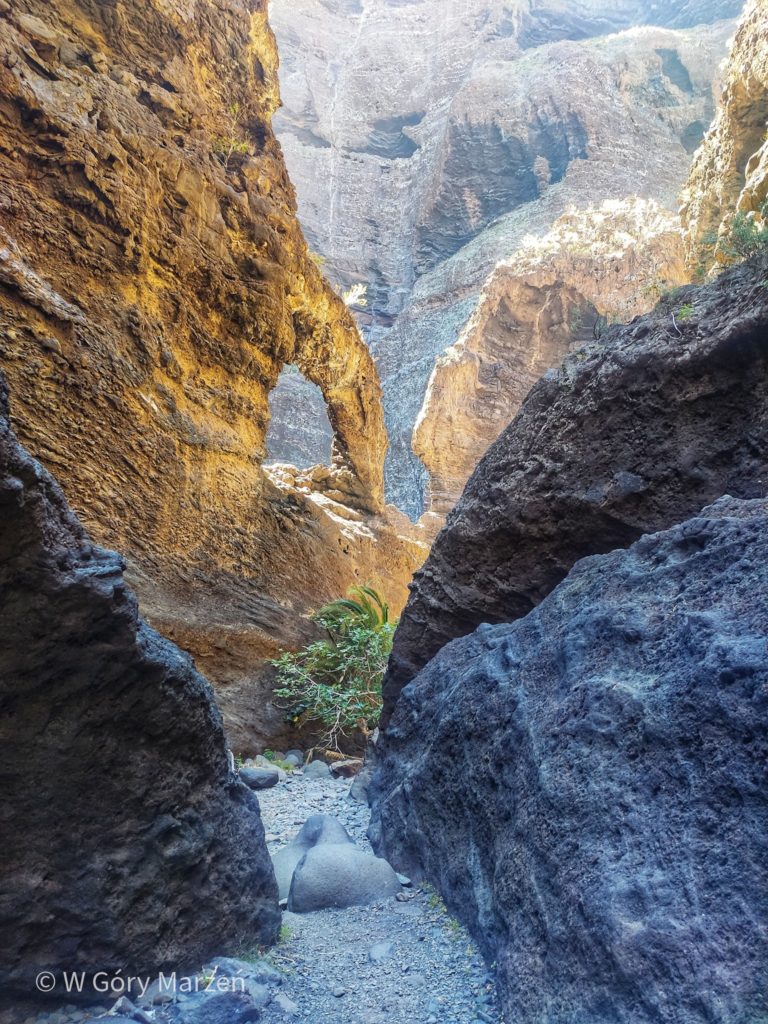
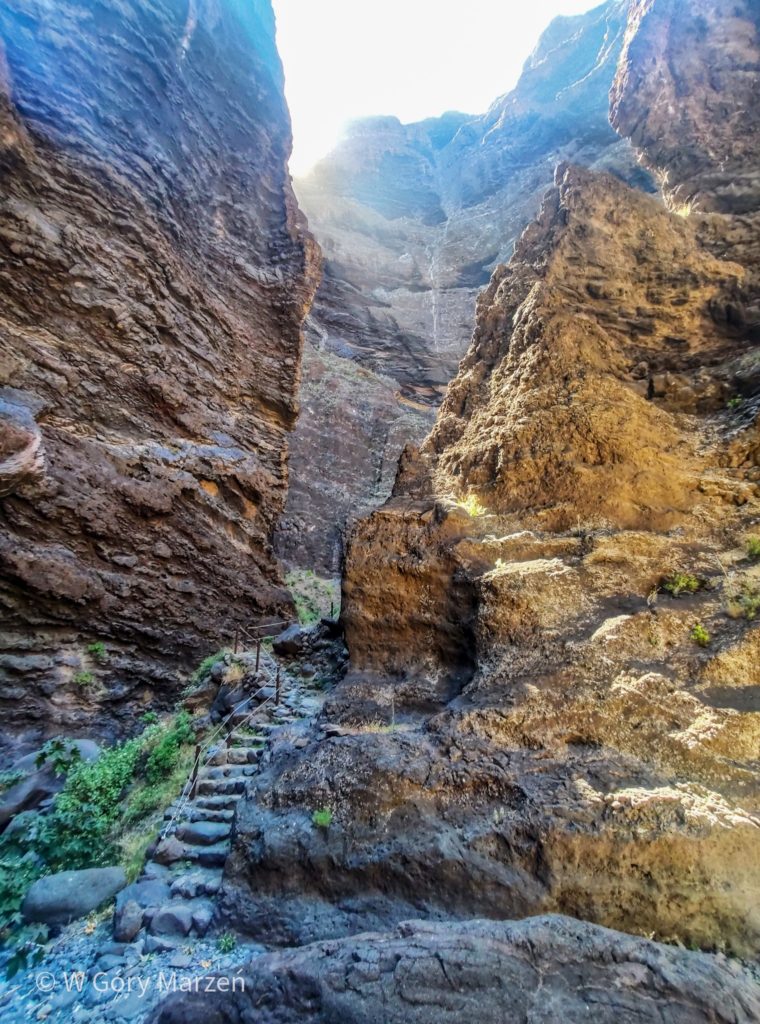
Puerto de la Cruz
Puerto de la Cruz is a city located in the north of Tenerife. It is an ideal starting point for trips to the Teide National Park and other, less popular trekking paths. In the city there are a lot of restaurants, cafes, bars and several beaches (with black sand).
Puerto de la Cruz Botanical Garden
One of the most interesting attractions in Puerto de la Cruz is the botanical garden. There are unusual plants in it, mainly tropical. The largest tree is a 200-year-old ficus, brought to the island from New Zealand.
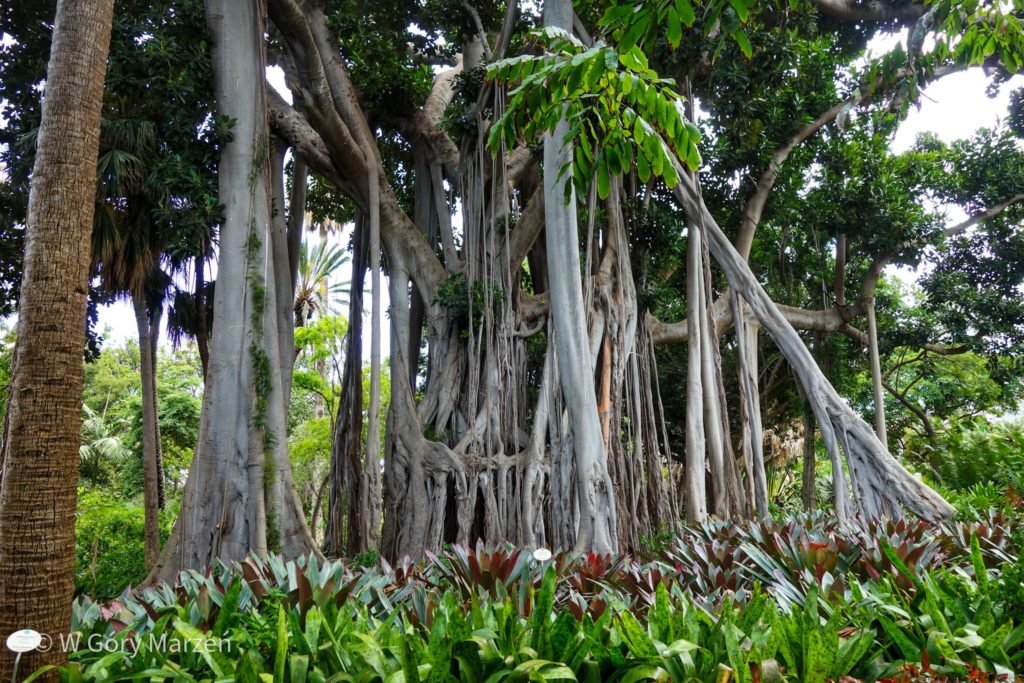
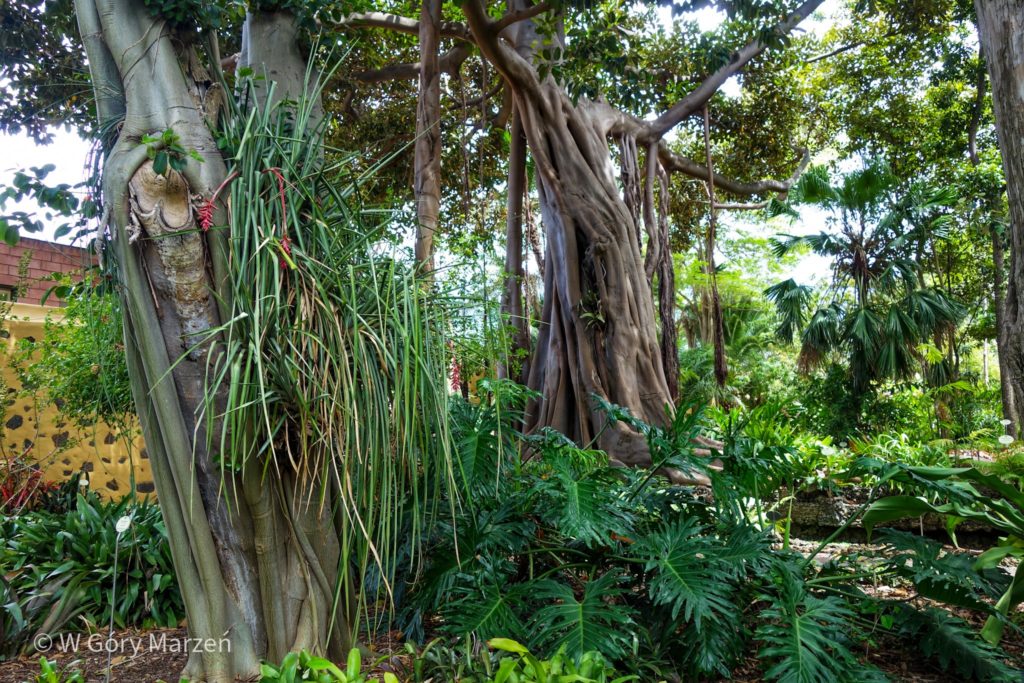
Trekking Aguamansa
This is one of the lesser-known trekking. The route is easy and pleasant, and we chose it because of the possibility of getting there by bus from Puerto de La Cruz. Trekking starts at the last stop in Aguamansa, which we reach by bus 345. At the top there is a beautiful forest waiting for us, trees overgrown with amazingmoss (musgo español). The route is calm, little frequented and gives a respite from the city. Sometimes you can meet individual runners.
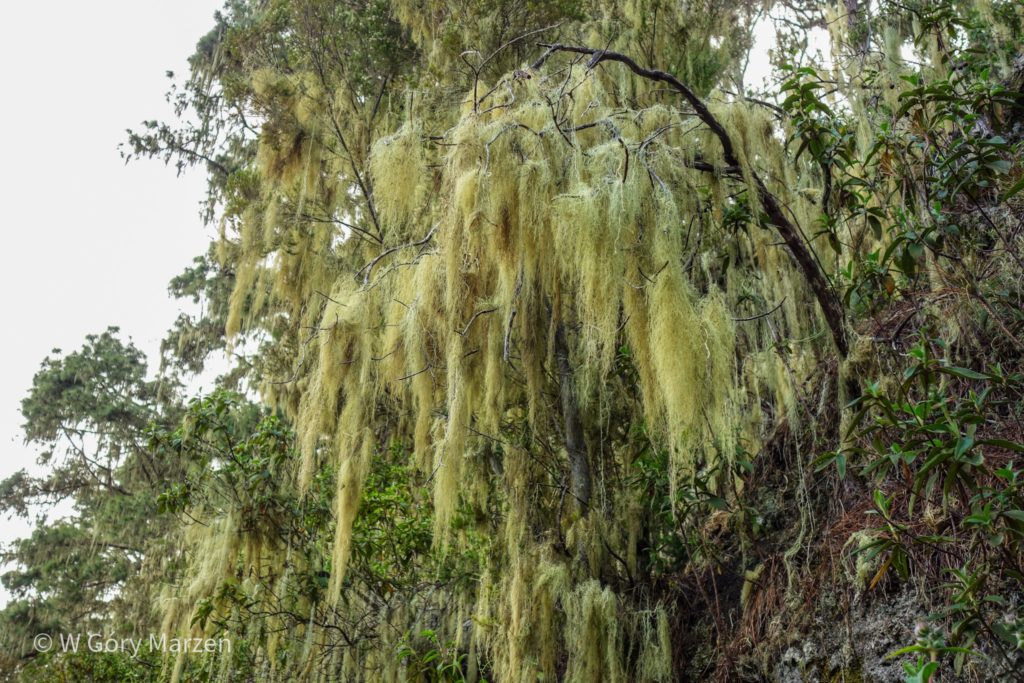
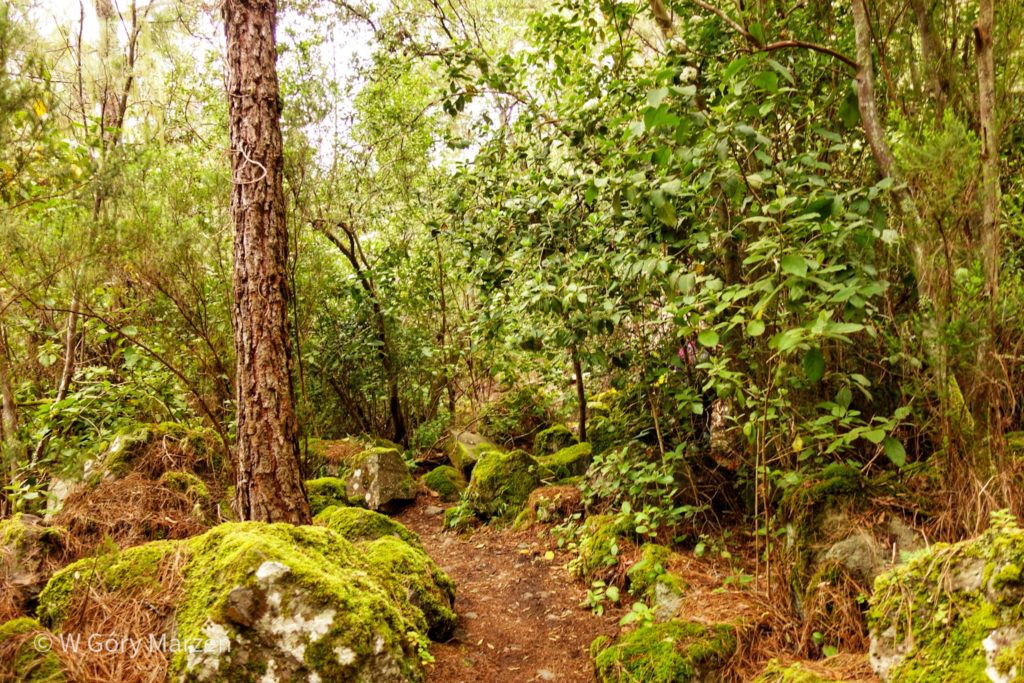
Santa Cruz de Tenerife
The capital of Tenerife, Santa Cruz de Tenerife, is known for its opera house resembling that of Sydney. Right next to the Auditorio de Tenerife (opera) there are breakwaters with painted music stars, such as. Paco de Lucía (if you do not know him yet, be sure to listen at this link!). In the city I spend a few hours, mainly to explore the promenade, Plaza de España and drink coffee in a local bar.
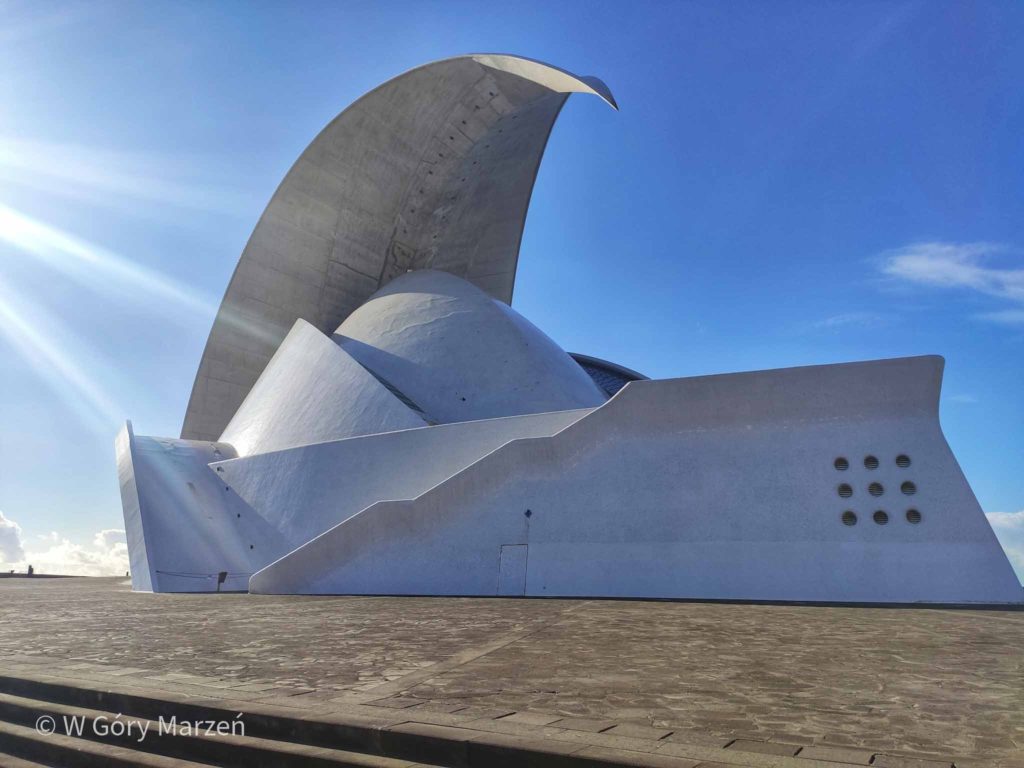
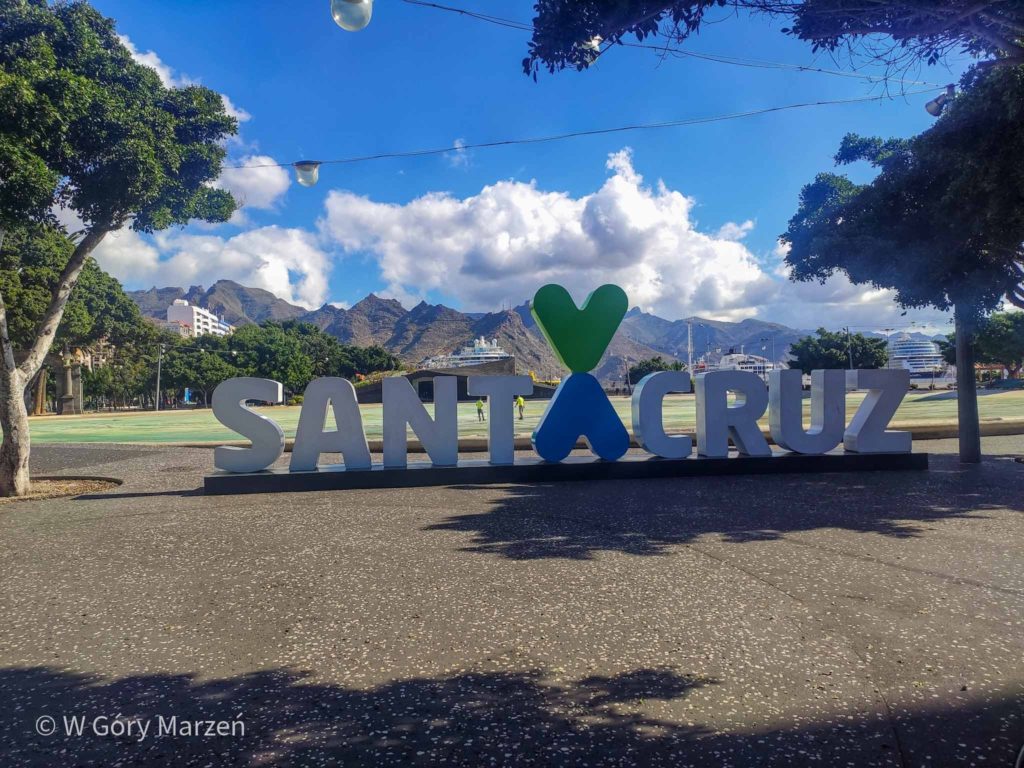
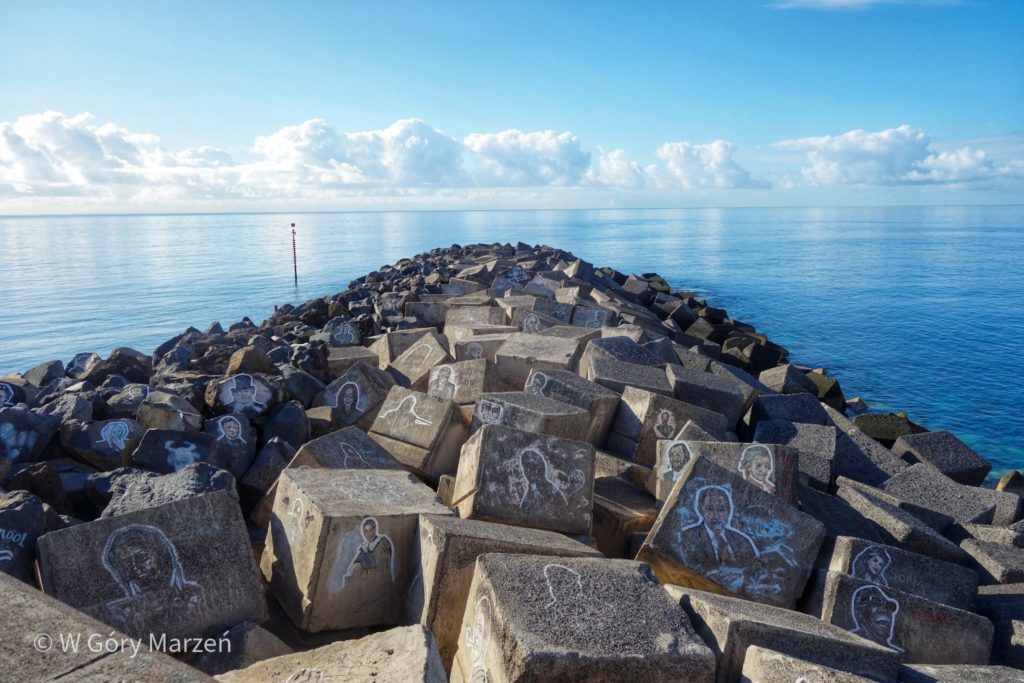
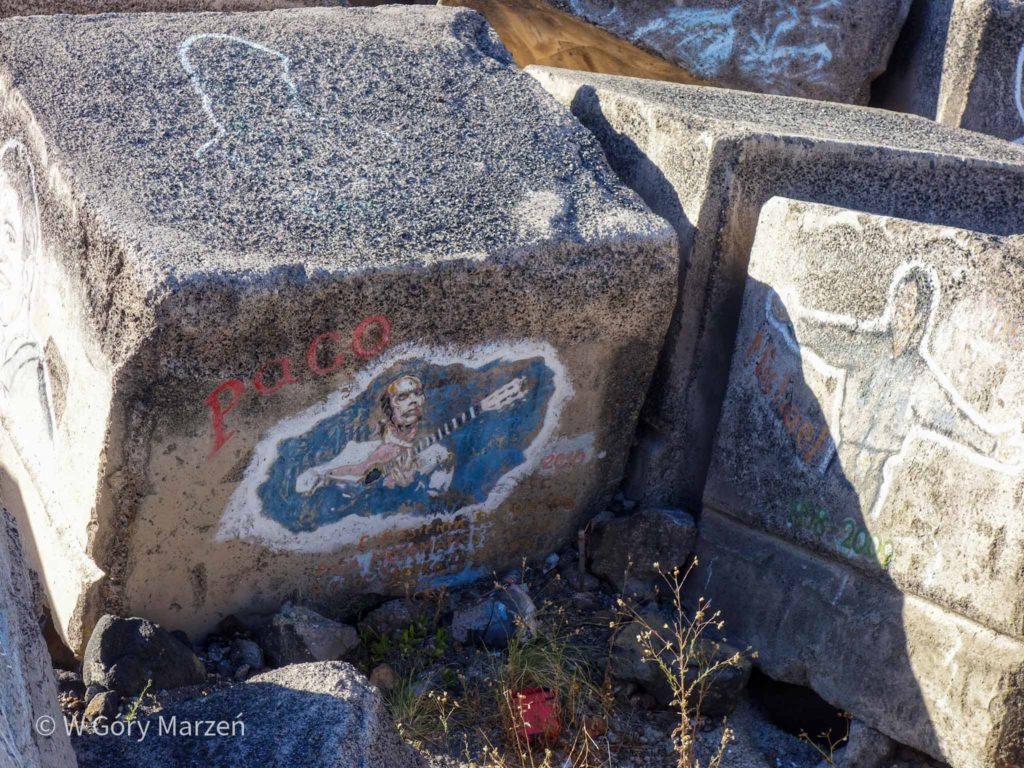
Punta de Teno
Punta de Teno is the westernmost point of Tenerife. There is a small lighthouse, a fishing area and a mini beach on site. The place is very calm and quiet. It is best to get here by bus, because the road for cars closes between 10 and 18 o’clock. The bus departs from Buenavista del Norte every hour.
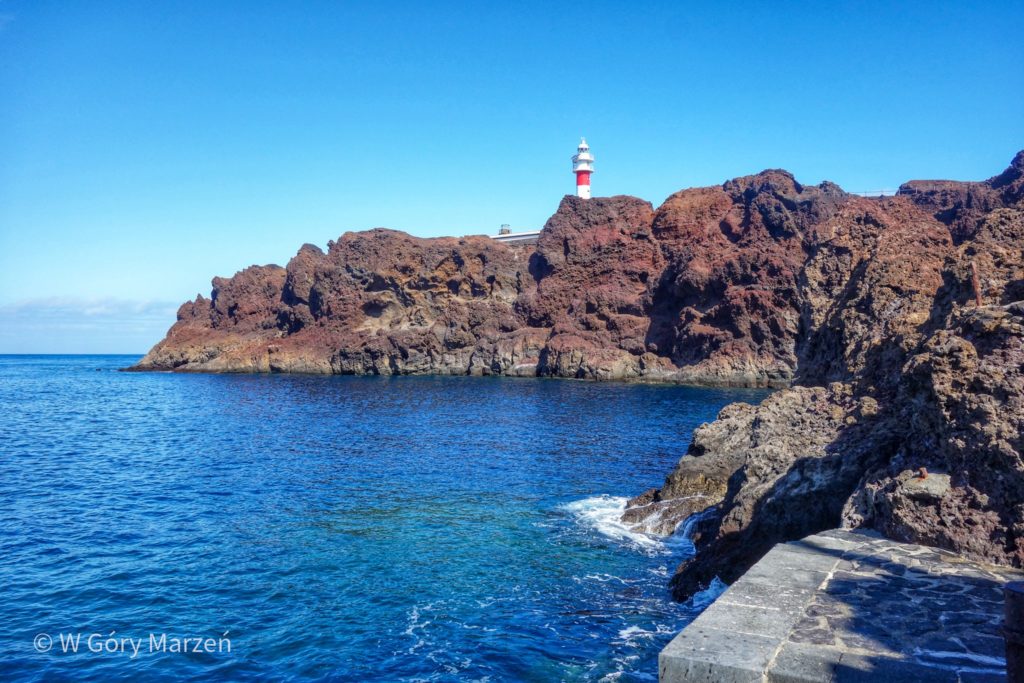
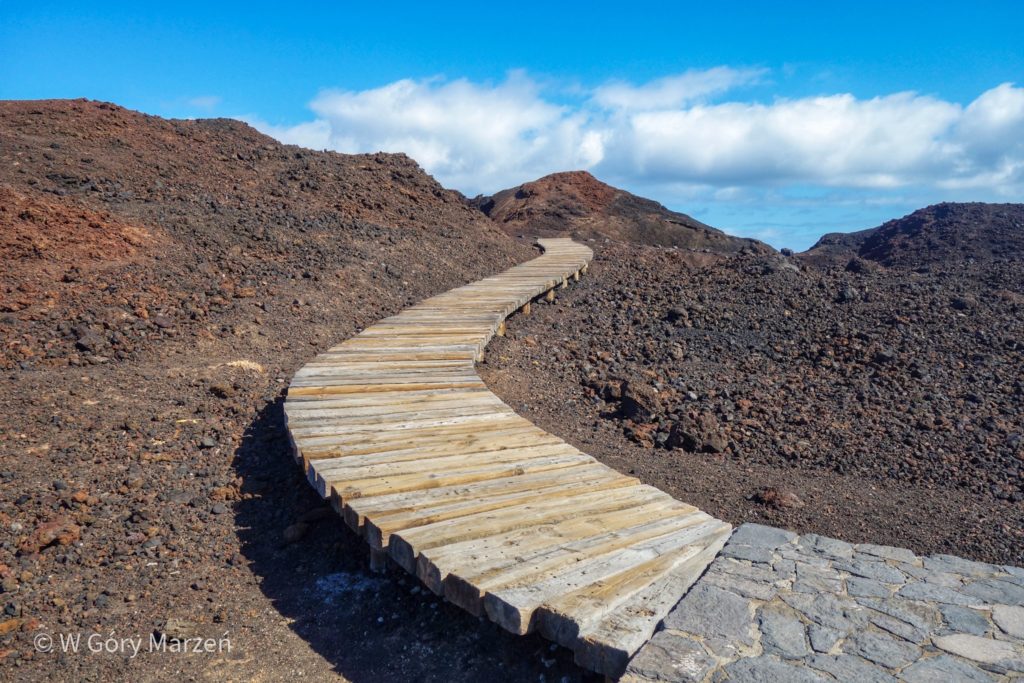
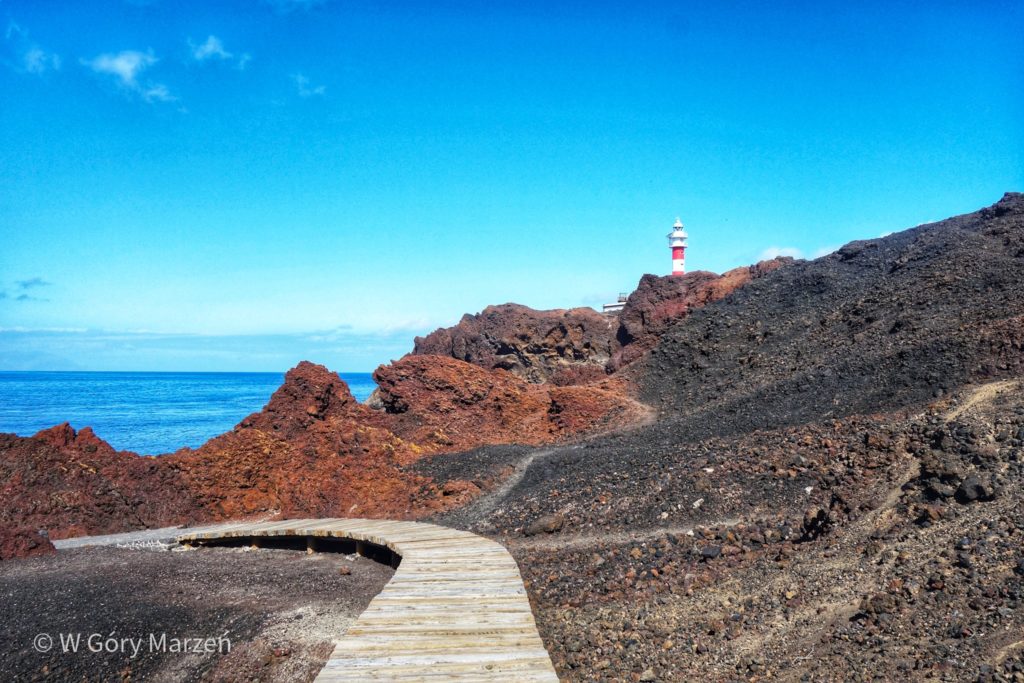
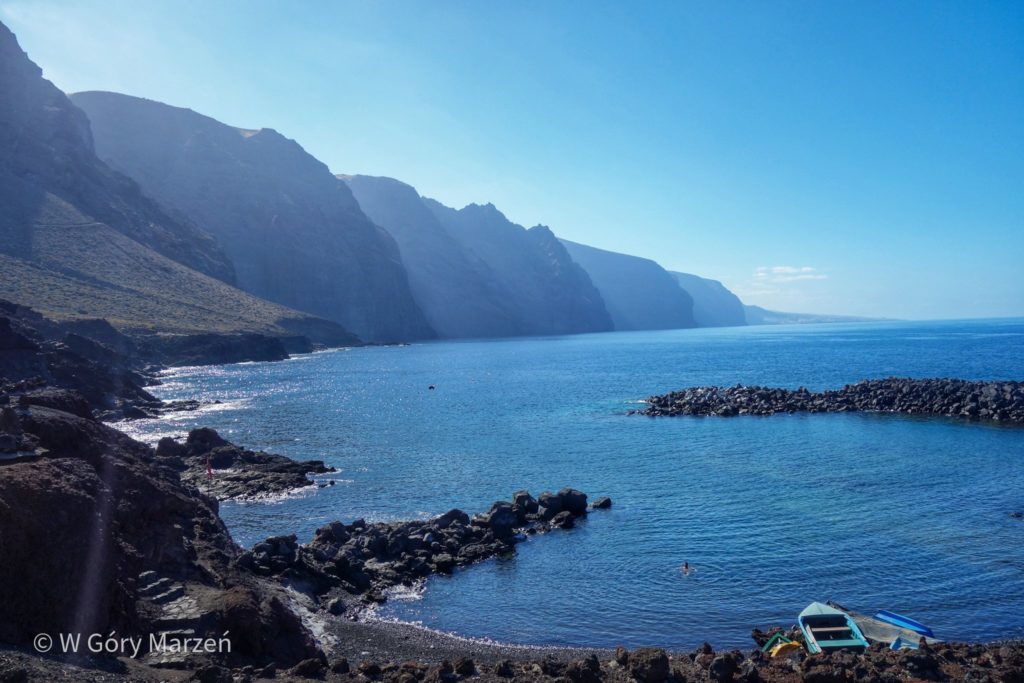
Garachico
Garachico is a town located in the north of the island, between Puerto de la Cruz and Punta de Teno. Until the beginning of the eighteenth century, the most developed port on the island was located here. However, the end of this prosperous center was laid by the eruption of a volcano in 1706, which destroyed the town. Currently, after the explosion, natural water basins were formed from flowing lava.
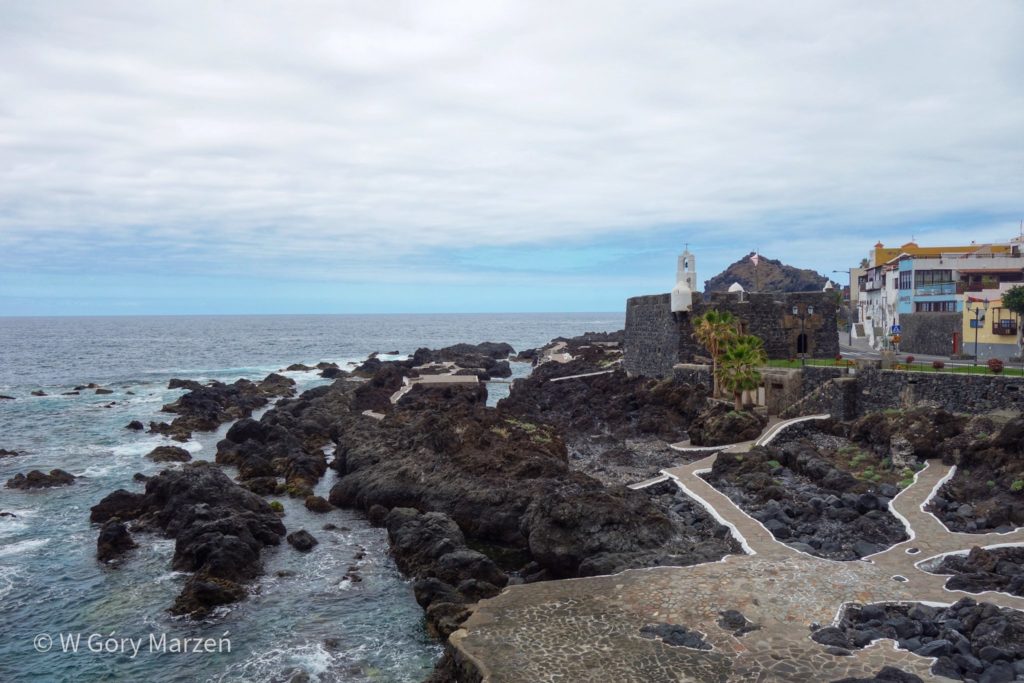
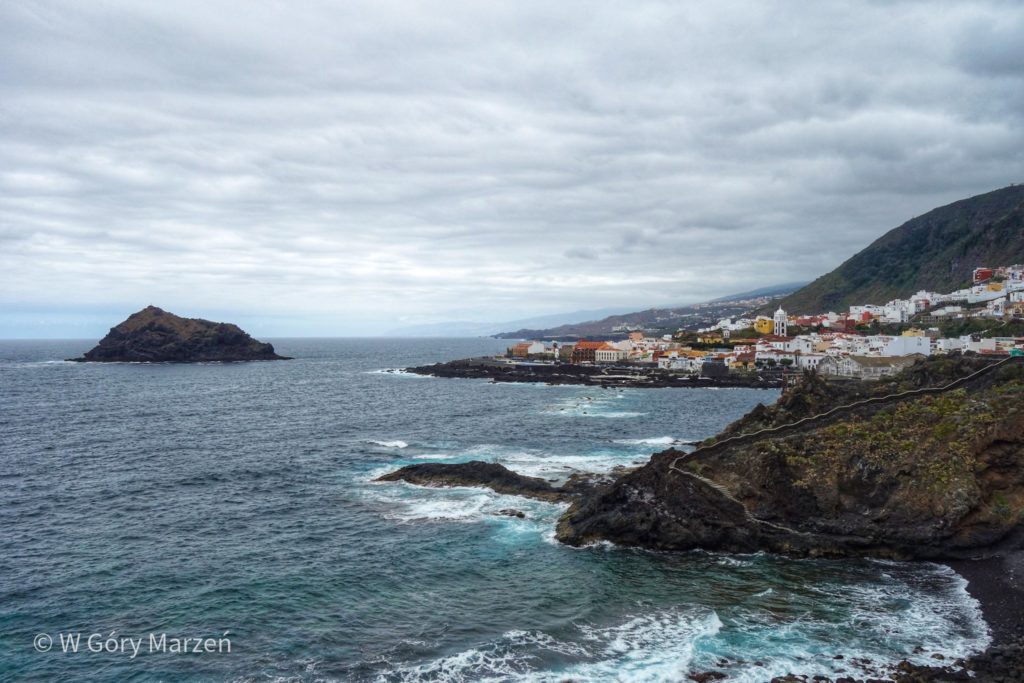
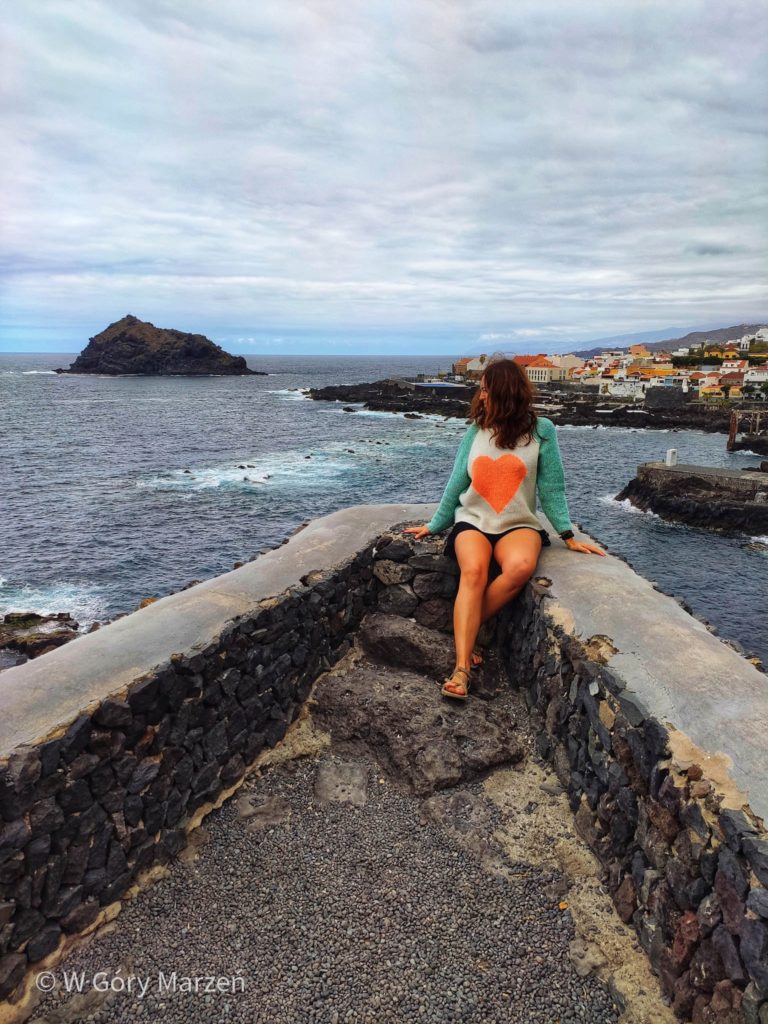
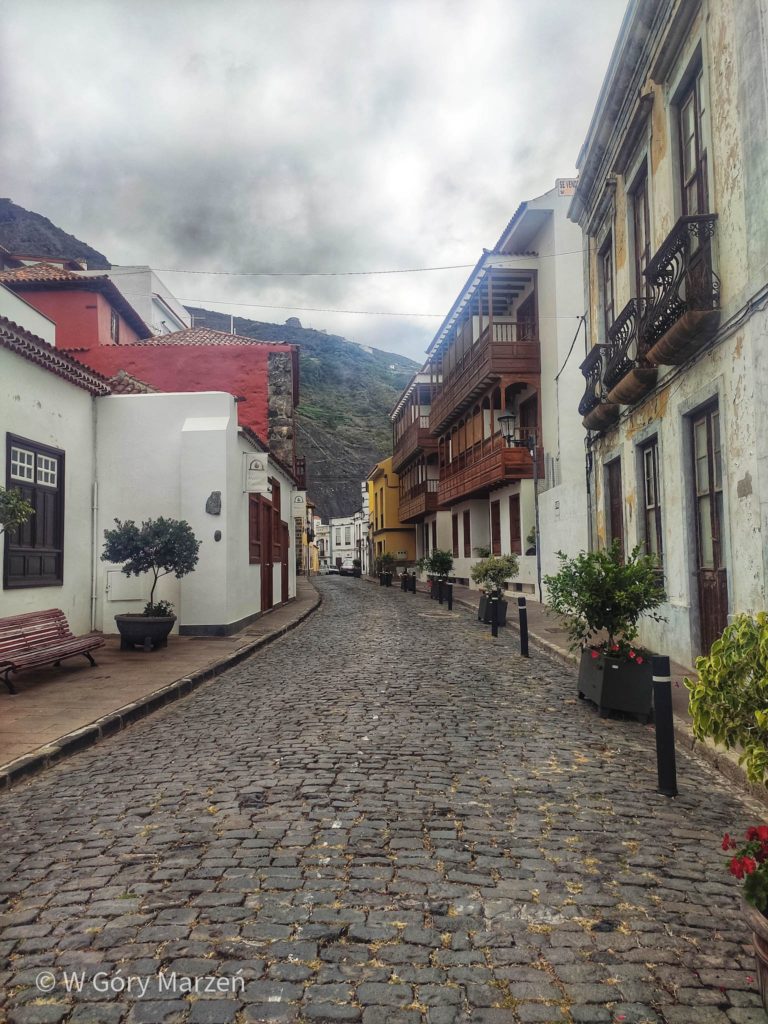
Los Silos
Los Silos is a town where we stay due to its strategic location near Punta de Teno. It is a typical, small town from which we can go on several trekking (eg. Camino Cuevas Negras), or the coastal path to Garachico.
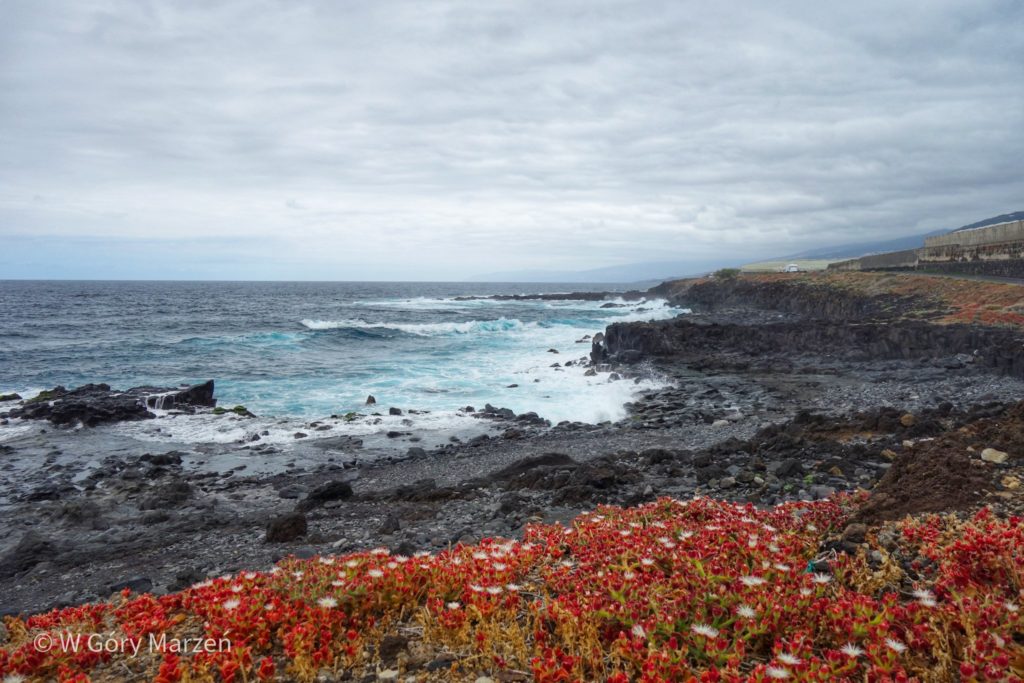
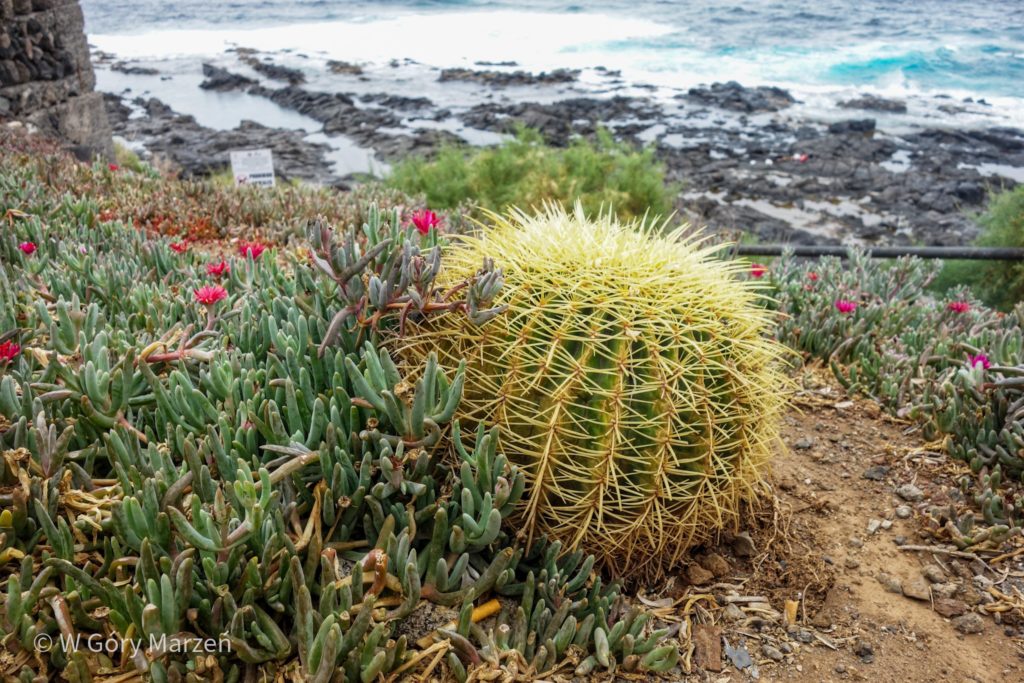
Los Gigantes
Los Gigantes is a large, even 600-meter cliffs located on the west coast of Tenerife. It is between these cliffs that the Masca Gorge is located. To see the cliffs it is best to go to the city of Puerto del Santiago. There are several viewpoints there. We can also go on a boat or kayak cruise to see the giants up close. A great point to watch the sunsets.
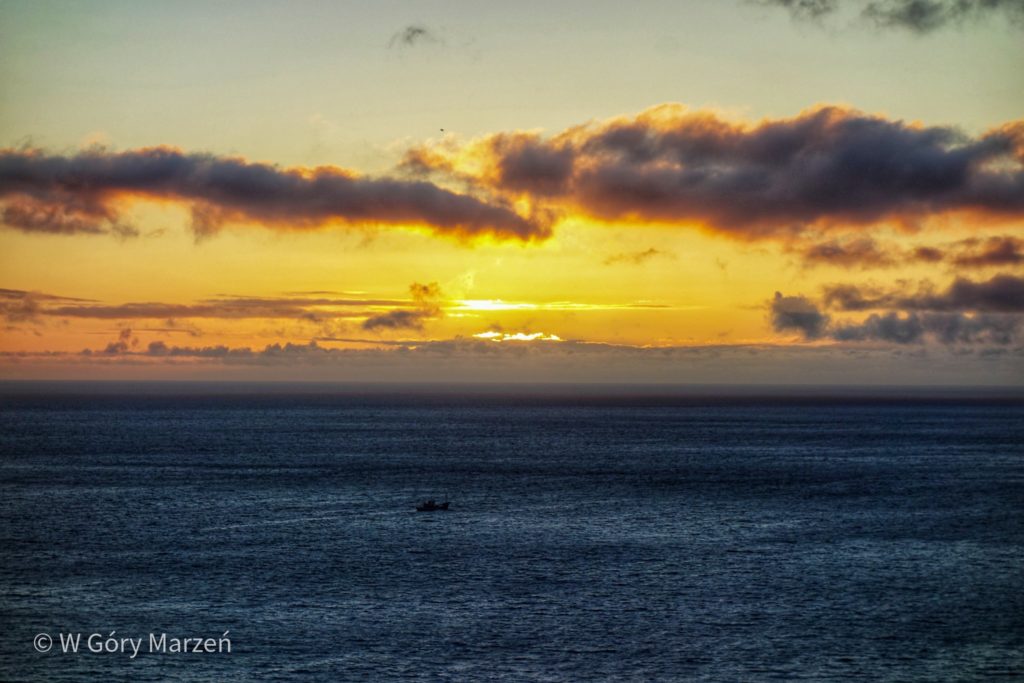
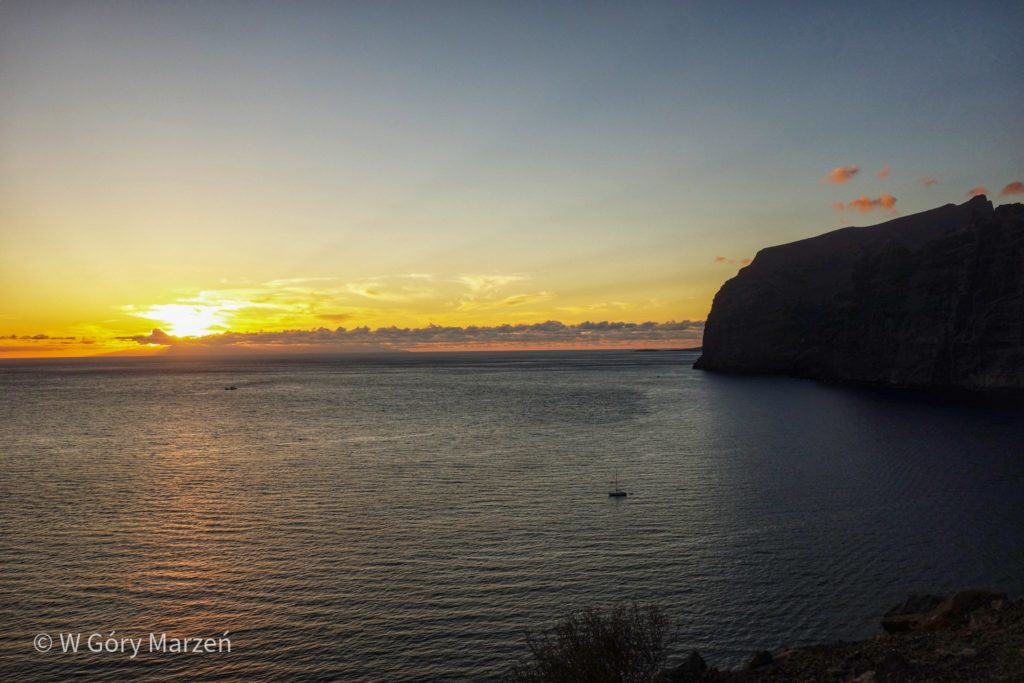
Costa Adeje
Costa Adeje is located in the south of Tenerife. The weather here is usually nicer than in the north of the island and therefore it is the most popular place among tourists and surfers. In my opinion, there are not too many attractions here and if we do not go with the trip, we can safely bypass this place. It already depends on what kind of holiday in Tenerife we are looking for – if the sun and beaches – then here!
Tenerife – practical information
Transport
For getting around Tenerife we have two main options: renting a car or traveling by bus (which are called Guagua here). Each has its pros and cons. I chose the bus option, because the communication network on the island is very well developed. Two weeks of travel, including a tour of the entire island, by bus cost about 40 euros. To ride the bus, we need to buy a card for 2 euros (e.g. in a vending machine at the airport) or we can create an account in the Ten+ móvil application and buy tickets online. Currently, it is not possible to buy tickets from the driver. Ticket prices depend on the length of the route, but from my observations there are no major rules. Sometimes I paid 3 euros for driving a dozen or so kilometers, sometimes 30 cents. Bus schedule and prices can be found in the Guaguas application.
The only drawback is the inability to reach the Teide National Park by bus (in May 2021 there was no such possibility). We can get there only by car or with a trip. We rented a car for one day,so as to get to the park in the evening and go to the sunrise on Mount Teide. Renting a car is about 32 euros per day, the longer the rental period, the lower the price.
Accommodation and prices in Tenerife
The accommodation base in Tenerife is very well developed. Both airbnb and booking work pretty well. The cheapest accommodation costs about 10-15 euros per person, with the proviso that prices in the north are much lower than in the south of the island.
We can fly to Tenerife with “cheap lines”. I bought tickets 3 weeks in advance for about 700 PLN (including larger hand luggage). On the spot, the prices are quite similar to those in Poland. Most of the attractions are free, for me the only expense was the descent of the teide cable car (21 euros).
Trekking information
There are plenty of trekking opportunities in Tenerife. At this link there is a map and a list with officially designated routes. There are several dozen routes, we also have a huge choice even if we stay on the island a few months 😀
Tenerife Summary
Tenerife offers many possibilities, everyone will find something for themselves. Whether we like trekking, sunbathing or surfing. In addition, the climate of Spain, which sounds like an ideal destination at any time of the year!
If you find this post useful and feel like supporting my activities, you can give me a coffee by clicking on the link below. Thank you!
